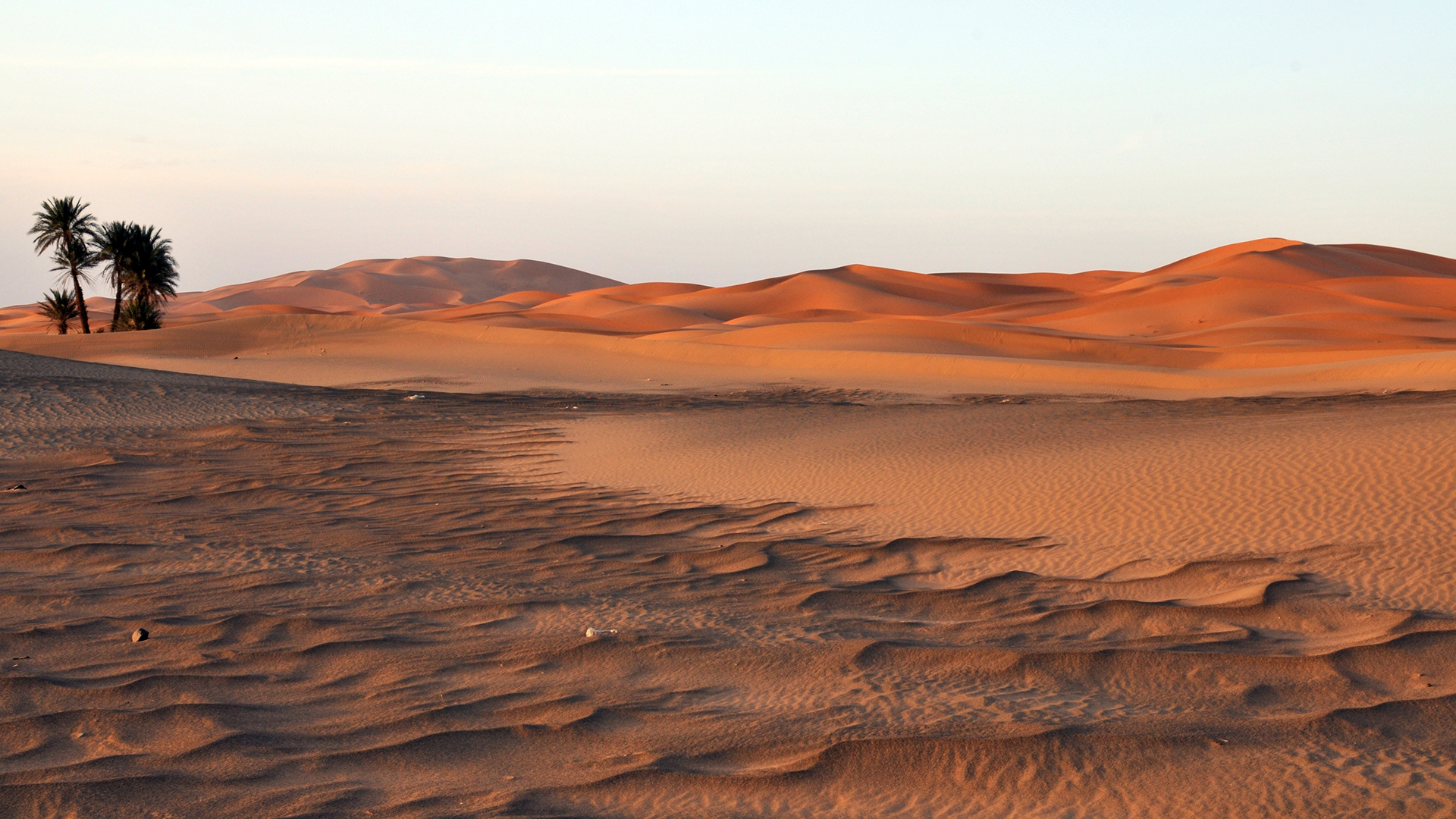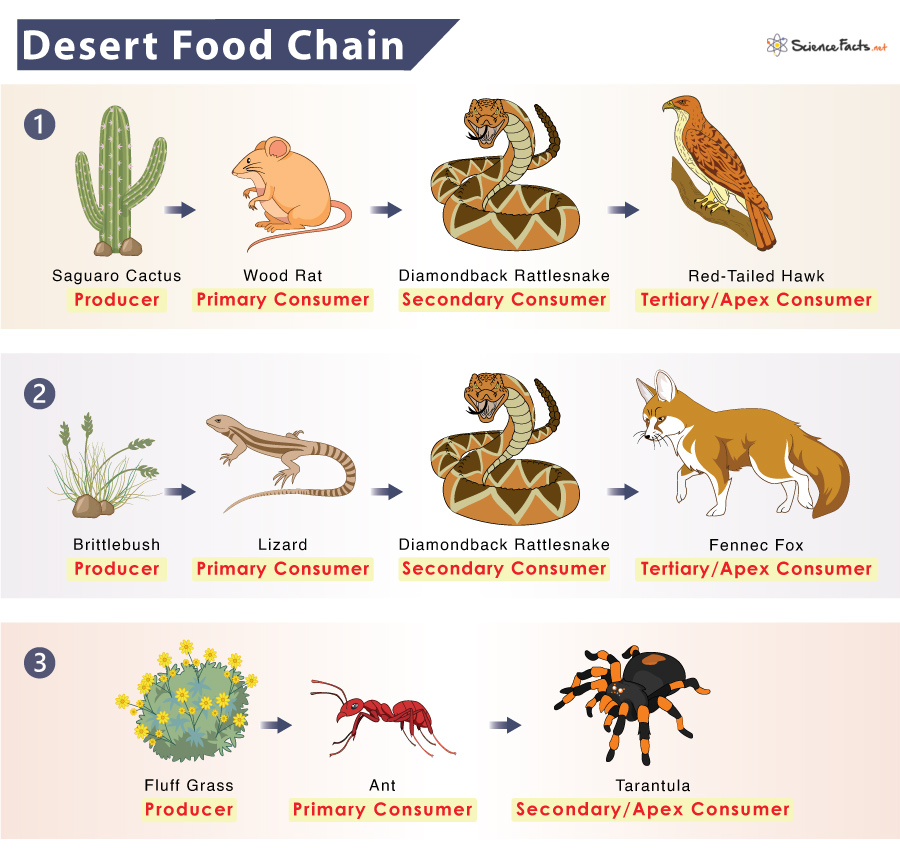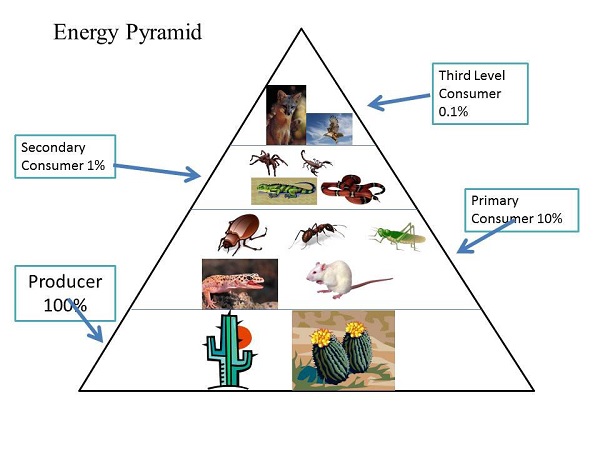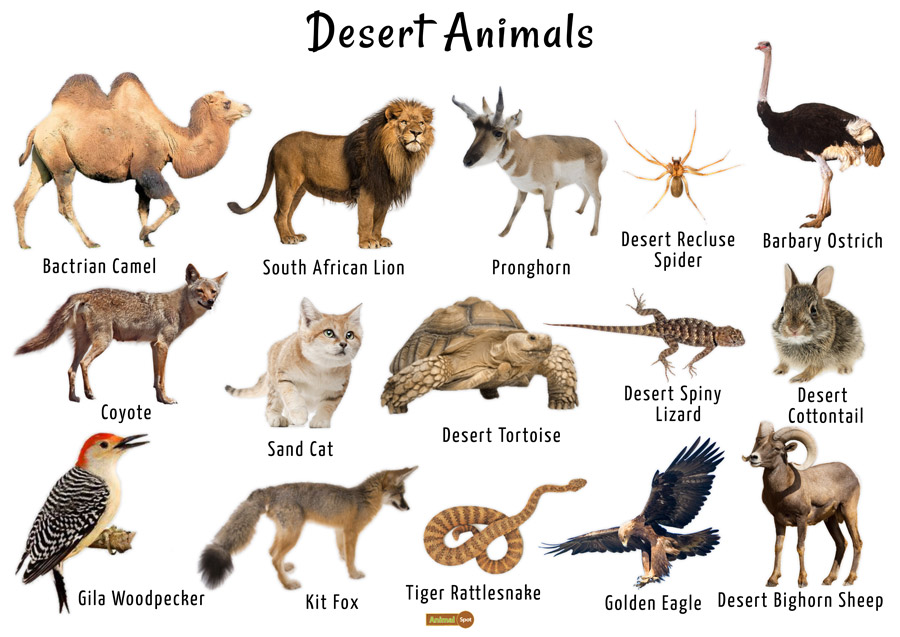Topic the desert ecosystem facts: Discover "The Desert Ecosystem Facts": a realm where life thrives against the odds, revealing the resilience and beauty of nature"s underappreciated landscapes.
Table of Content
- What are the key characteristics of the desert ecosystem?
- Overview of Desert Ecosystems
- Types of Deserts: Hot and Dry, Semi-Arid, Coastal, Cold
- Plant Adaptations in Deserts
- Animal Adaptations to Desert Life
- Human Life in Desert Regions
- Desert Water Sources: Rivers and Underground Aquifers
- YOUTUBE: Deserts 101
- Rodents: The Desert"s Most Diverse Mammals
- Microbial Life in Desert Soils
- Desert Climate and Precipitation Patterns
- Geological Processes and Landscape Formation in Deserts
What are the key characteristics of the desert ecosystem?
The key characteristics of the desert ecosystem are:
- Low rainfall: Deserts receive very little rainfall, with most deserts receiving less than 300 mm of rain in a year.
- Dry soil: The soil in deserts is often sandy, gravelly, or stony, depending on the type of desert.
- Extreme temperatures: Deserts experience high temperatures during the day and can be extremely cold at night.
- Lack of vegetation: Due to the scarcity of water, vegetation in deserts is limited and adapted to survive in arid conditions.
- Diversity of life: Despite the harsh conditions, deserts are home to a variety of plants and animals specially adapted to survive in this ecosystem.
- Reduced water sources: Deserts have limited water sources, such as oases or underground water reserves, which are crucial for the survival of desert-dwelling species.
- Wind and sand: Deserts are often characterized by strong winds that can cause sandstorms, shaping the landscape with sand dunes and rocky formations.
Overall, the desert ecosystem is a unique and challenging environment where life has adapted to thrive despite the scarcity of water and extreme temperatures.
READ MORE:
Overview of Desert Ecosystems
Desert ecosystems are fascinating environments, characterized by extreme conditions and a unique array of life forms. These ecosystems are defined not just by their scarcity of water but also by their biodiversity, geological features, and climatic patterns. Here, we delve into the heart of deserts, uncovering their secrets and the life that thrives within.
- Deserts cover about one-fifth of Earth"s surface, showcasing nature"s resilience.
- Despite harsh conditions, deserts are home to a diverse range of flora and fauna, each adapted to survive with minimal water.
- Temperature extremes define deserts, with significant variations between day and night.
- Deserts are not barren wastelands; they are vibrant ecosystems with complex ecological interactions.
- Human impacts on desert ecosystems are profound, from water diversion to habitat destruction, urging a need for conservation efforts.
Understanding desert ecosystems offers insights into the adaptive strategies of life forms, the importance of water conservation, and the impact of climate change on these sensitive habitats. Join us as we explore the intriguing dynamics of desert life and its significance in the global ecological tapestry.

Types of Deserts: Hot and Dry, Semi-Arid, Coastal, Cold
Deserts are not all the same. They come in various forms, each with its own unique climate, geography, and life forms. Understanding the different types of deserts enhances our appreciation of their diversity and the specialized adaptations of their inhabitants.
- Hot and Dry Deserts: Characterized by high temperatures and very low rainfall, these deserts, like the Sahara, are what most people typically imagine when thinking of deserts.
- Semi-Arid Deserts: These deserts have slightly higher humidity levels and cooler temperatures compared to hot and dry deserts. They experience long, dry summers and short, mild winters, as seen in the Great Basin Desert of the USA.
- Coastal Deserts: Found along coastal regions, these deserts, such as the Atacama in South America, have moderate temperatures and higher humidity, with fog providing much of the moisture.
- Cold Deserts: These deserts, like the Gobi in Asia, are marked by cold winters with snowfall and even lower temperatures than semi-arid deserts. Their rainfall is also scant but slightly more than that of hot and dry deserts.
Each desert type presents a unique ecosystem with plants and animals adapted to their specific environment. From the cacti of hot deserts to the hardy shrubs of cold deserts, life finds a way to flourish under the most extreme conditions.
Plant Adaptations in Deserts
Desert plants have evolved fascinating strategies to thrive in harsh arid environments. Their adaptations minimize water loss and maximize water storage, allowing them to survive prolonged dry periods.
- Water Storage: Plants like cacti store water in their thick, fleshy stems to use during droughts.
- Reduced Leaf Surface Area: Many desert plants have small leaves or spines, reducing water loss through transpiration.
- Deep Root Systems: Some desert plants have extensive root systems to reach deep underground water sources.
- Waxy Coatings: A waxy surface on leaves and stems helps reduce water loss by reflecting sunlight and conserving moisture.
- Photosynthesis Adaptations: Plants like the creosote bush use a special type of photosynthesis (CAM) that allows them to take in CO2 at night, reducing water loss during the hot day.
These adaptations are not just survival mechanisms but are testaments to the resilience and ingenuity of life in the desert. By understanding these strategies, we can appreciate the complex balance of desert ecosystems and the importance of conserving these unique habitats.

Animal Adaptations to Desert Life
Desert animals exhibit a fascinating array of adaptations that enable them to survive and thrive in the extreme conditions of arid environments. From nocturnal lifestyles to unique physiological features, these adaptations are crucial for conserving water, avoiding heat, and finding food.
- Nocturnal Behavior: Many desert animals, like the fennec fox, are nocturnal, becoming active at night to avoid the extreme daytime heat.
- Water Conservation: Creatures such as the kangaroo rat have highly efficient kidneys, which conserve water by producing highly concentrated urine.
- Heat Avoidance: Reptiles like the desert tortoise burrow underground to escape the heat and maintain body temperature.
- Camouflage: Many desert animals, including lizards and insects, have colors and patterns that blend into the desert landscape, helping them avoid predators and capture prey.
- Dietary Adaptations: Animals like the desert bighorn sheep have adapted to feed on a variety of desert plants, obtaining necessary moisture from their food.
These adaptations not only demonstrate the resilience of desert species but also the intricate balance within desert ecosystems, highlighting the importance of preserving these unique habitats.
Human Life in Desert Regions
Deserts, with their extreme climates, have been home to human civilizations for thousands of years. People living in these areas have developed unique ways to adapt and thrive in conditions that might seem inhospitable at first glance.
- Nomadic and Sedentary Societies: Many desert communities are nomadic, moving with the seasons to find water and food. Others have settled around reliable water sources, like oases or river valleys.
- Agricultural Innovations: Desert inhabitants have developed innovative agricultural practices such as drip irrigation and terracing to maximize water efficiency in crop production.
- Architectural Adaptations: Traditional desert architecture often includes thick walls, narrow windows, and courtyard designs to minimize heat during the day and retain warmth at night.
- Cultural Richness: Deserts are not just physical landscapes but cultural ones, too, with rich traditions in art, music, and storytelling that reflect the environment in which they"ve flourished.
- Modern Challenges: Today, desert communities face new challenges such as climate change, water scarcity, and urbanization, testing their resilience and adaptability.
Human life in desert regions is a testament to human ingenuity and the ability to live in harmony with the environment, utilizing limited resources to create vibrant communities and cultures.

Desert Water Sources: Rivers and Underground Aquifers
Water in desert ecosystems is a precious resource, and its sources are often hidden or unexpected. Despite the arid conditions, deserts have various water sources that sustain life.
- Rivers: Some deserts are traversed by rivers that bring water from more distant, wetter regions. These rivers create fertile valleys and support diverse ecosystems along their banks.
- Underground Aquifers: Many desert areas rely on underground aquifers, which are layers of water-bearing rock or sand. These aquifers can be tapped by wells to provide water for drinking, agriculture, and industry.
- Oases: Oases are areas where groundwater reaches the surface, forming springs or pools. They are vital habitats for plants, animals, and humans in the desert.
- Flash Floods: Although rainfall is rare, when it does occur, it can lead to sudden flash floods. These floods can recharge aquifers and create temporary water sources.
- Dew and Fog: In some coastal deserts, fog and dew provide moisture that can be utilized by plants and animals adapted to capture and use this limited water source.
These water sources are critical for the survival of desert ecosystems, supporting the life that thrives in these challenging environments. Their management and conservation are crucial for the sustainability of desert habitats and the communities that depend on them.
Deserts 101
\"Discover the mesmerizing beauty of deserts in our captivating video, showcasing vast landscapes of golden sand dunes, breathtaking sunsets, and unique wildlife. Immerse yourself in the tranquility and wonder of these extraordinary desert environments.\"
Desert Ecosystem
\"Explore the intricate web of life and the delicate balance of nature in our fascinating video about ecosystems. Witness the harmonious coexistence of diverse species and how they rely on each other for survival. Gain a deeper understanding and appreciation for the incredible complexity of the world around us.\"
Rodents: The Desert"s Most Diverse Mammals
Rodents are remarkably adaptable creatures, and in desert environments, they exhibit some of the most fascinating evolutionary adaptations. These small mammals play crucial roles in desert ecosystems, contributing to the biological diversity and ecological balance.
- Water Conservation: Desert rodents have developed incredible physiological adaptations to minimize water loss, allowing them to survive with minimal or no direct water intake.
- Thermal Regulation: They often exhibit behavioral adaptations such as nocturnal activity patterns to avoid the extreme daytime heat, thus conserving energy and reducing water needs.
- Food Storage: Many species, like the kangaroo rat, store seeds and other food items in their burrows, which helps them survive periods of scarcity.
- Burrowing Habits: Rodents such as gerbils and ground squirrels dig extensive burrow systems, which provide shelter from predators and extreme weather, and also play a role in soil aeration and nutrient redistribution.
- Ecological Impact: As prey, they are a vital food source for a variety of predators, and their foraging activities help in seed dispersal, contributing to plant diversity and health.
Understanding the life of desert rodents offers insights into the resilience of life in extreme conditions and the interconnectedness of desert ecosystems.

Microbial Life in Desert Soils
Desert soils, though seemingly barren, teem with microbial life that plays a crucial role in the ecosystem. These microorganisms are masters of survival, adapting to extreme conditions of aridity, temperature fluctuations, and nutrient scarcity.
- Adaptation to Dryness: Desert microbes often enter a dormant state to withstand long periods without water, reactivating with the arrival of moisture.
- Nutrient Cycling: They are vital in breaking down organic matter, recycling nutrients, and supporting plant growth, even in nutrient-poor soils.
- Soil Stability: Microbial activity helps in soil formation and stability, preventing erosion and promoting soil health.
- Extremophiles: Many desert soil microbes are extremophiles, thriving in high temperatures and salinities that would be lethal to other organisms.
- Biological Crusts: Microbial communities form biological crusts on the soil surface, which are critical for desert ecosystems, aiding in water retention, soil fertility, and seed germination.
Understanding the hidden microbial life in desert soils unveils the complexity and resilience of desert ecosystems, highlighting the importance of these microorganisms in maintaining ecological balance.
Desert Climate and Precipitation Patterns
Deserts are renowned for their extreme climates, characterized by minimal rainfall and significant temperature fluctuations between day and night. Understanding these climatic conditions is key to grasping how life adapts in such harsh environments.
- Low Rainfall: Deserts typically receive less than 250 mm (10 inches) of rain per year, with some regions experiencing rain sporadically or not at all for years.
- High Evaporation Rates: Any moisture that does fall is quickly evaporated due to the high temperatures, further reducing water availability.
- Temperature Extremes: Desert temperatures can soar above 38°C (100°F) during the day and plummet at night, due to the lack of cloud cover to retain heat.
- Seasonal Variability: Some deserts experience seasonal rainfall patterns, with brief periods of rain bringing temporary relief and supporting bursts of life.
- Flash Floods: When it rains, the hard-packed ground cannot absorb water quickly, leading to sudden and intense flash floods that dramatically alter the landscape.
These climate and precipitation patterns shape the desert ecosystem, influencing the distribution of plants and animals and their strategies for survival.

READ MORE:
Geological Processes and Landscape Formation in Deserts
Deserts are shaped by a variety of geological processes, leading to their unique and diverse landscapes. These processes include wind and water erosion, sedimentation, and the effects of temperature changes.
- Erosion and Weathering: Wind and water erosion are significant forces in desert landscapes, carving out features like canyons and arroyos and creating distinctive rock formations.
- Sand Dune Formation: Wind-blown sand accumulates to form dunes, which are characteristic of many desert regions. The shape and size of dunes are determined by wind patterns and the availability of sand.
- Playas and Salt Flats: In desert basins where water temporarily accumulates and then evaporates, playas or salt flats can form, leaving behind layers of salt and other minerals.
- Plate Tectonics: The movement of Earth"s tectonic plates can also impact desert landscapes, leading to the formation of mountain ranges and basins that affect climate and water flow.
- Volcanic Activity: In some deserts, volcanic activity has shaped the landscape, creating volcanic rock formations and contributing to the mineral diversity of the soil.
These geological processes not only sculpt the physical appearance of deserts but also influence the ecosystems they support, affecting the distribution of plant and animal life.
Discover the resilience and beauty of desert ecosystems, where every element weaves a story of survival and adaptation. Embrace the marvels of these arid landscapes and their vital role in our planet"s biodiversity.









